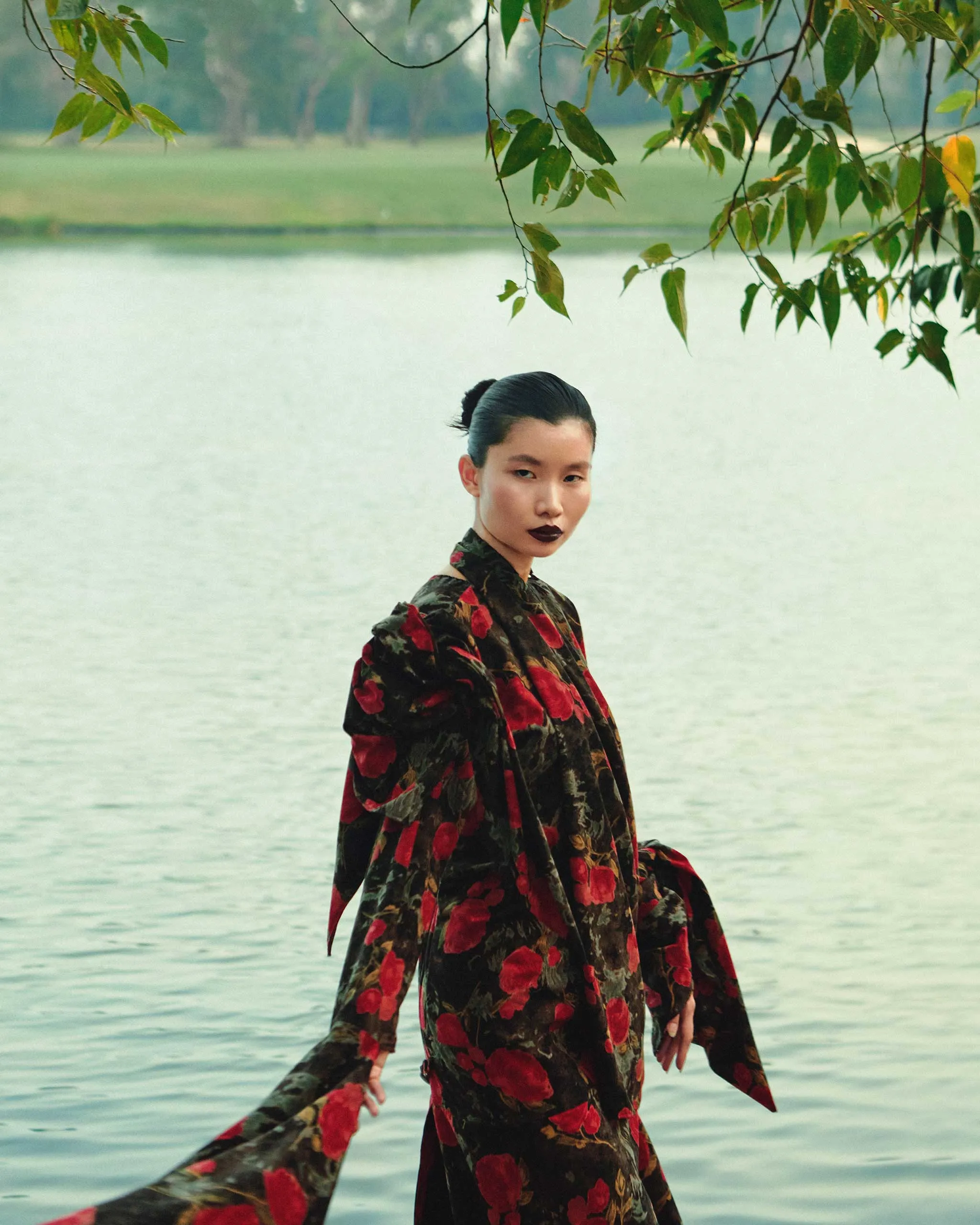Sally wears a NOVEL dress. Photographed by Camille Robiou du Pont
The twelve Filipino brands that prove fashion can be slow, and still beautiful.
Sustainability has become a buzzword within the fashion industry, a phrase synonymous with the pursuit of circularity and balance. Because it has become an umbrella term for a wide (and often hazy) set of practices, “responsible fashion” feels like a necessary shift, one that encapsulates action over appearance.
With this in mind, designers—from small ateliers to major fashion houses like Alexander McQueen, Gucci, Marni, Coach, Marine Serre, and Stella McCartney—are working to integrate low-impact fashion practices into their processes, even amid the constant pressure to produce new pieces.
Despite fashion’s growing embrace of circularity and ethically made garments, the industry is still facing an uphill battle on the sustainability front. With the industry’s insatiable appetite for novelty, fast fashion continues to grow in both volume and profit, meaning more clothing will end up in landfills and secondhand markets worldwide within the years to come.
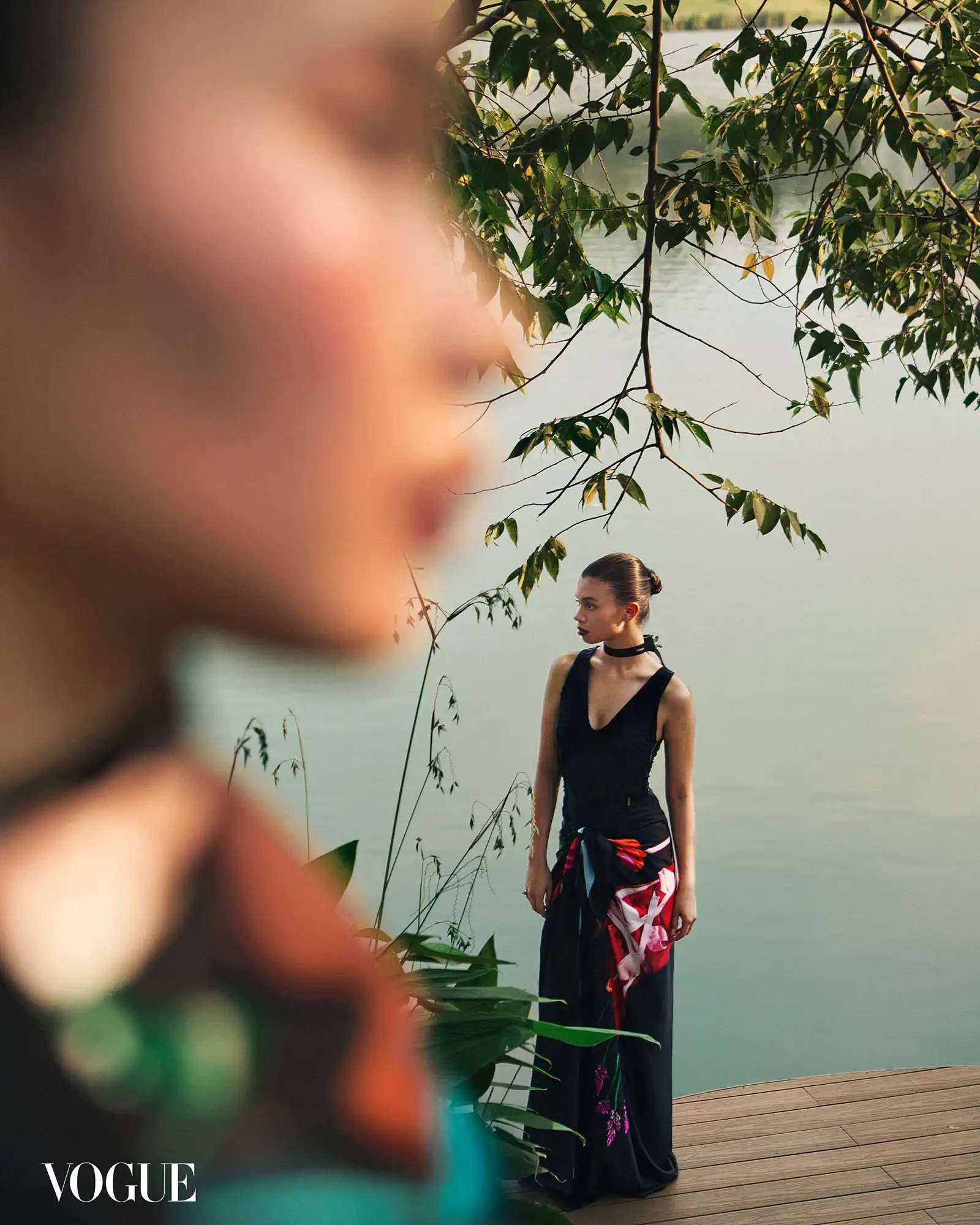
In the Philippines, nearly 29% of Filipinos dispose of their clothing after a single wear, while it’s known that millennials purchase over half of their wardrobe within a year. And yet, the effects of climate change can be felt deeply, considering that the Philippines remains one of the most climate-vulnerable countries in the world.
Our geography, an archipelago of over 7,000 islands, makes us one of the first to feel the consequences of a warming world. The Philippines is deeply exposed to rising sea levels (growing at three times the global average particularly in Manila Bay), intensifying typhoons (most recently, Typhoon Egay displaced nearly 500,000 people in 2023), worsening droughts (with El Niño-related dry spells causing widespread water shortages across Metro Manila), and coral reef degradation impacting the marine systems coastal communities rely on.
Needless to say, the weight of climate change is real and present throughout the country.
As a result, local labels bring to mind an essential question: How do we connect the dots between what we buy and the disasters happening right outside our door?
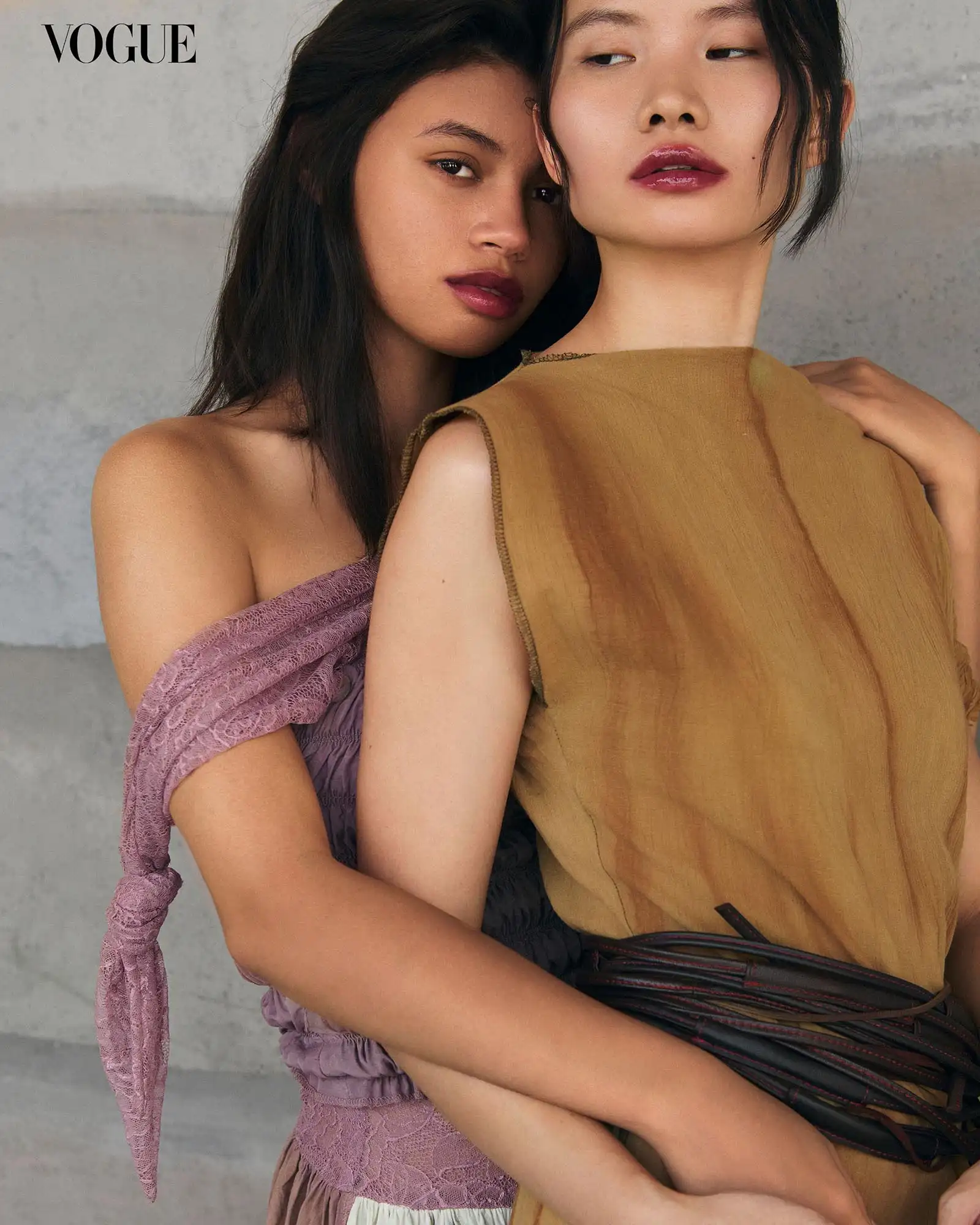
By leaning into the notion of slow fashion, they attempt, albeit slowly, to combat the devastation caused by climate change.
Slow fashion is both a mindset and a method, a practice that asks individuals to extend the lifespan of their existing items of clothing, and if shopping is an absolute must, to buy less and most definitely secondhand.
It’s a mode of creation grounded in care, purpose, and longevity. It embodies the less-is-more ethos and highlights how products should be constructed, worn, and, preferably, reinvented and worn again.
These labels signal that change is on the horizon, with Filipinos demonstrating an openness to mindful approaches to fashion. The time-worn practice of ukay-ukay reflects a cultural embrace of preloved fashion, with communities engaging in responsible practices through donations and clothing swaps.
The growing shift to thrift and secondhand clothing in the Philippines has decreased carbon emissions by 2,544 tonnes, equivalent to washing 552,048 loads of laundry. This demonstrates a growing consciousness around circular fashion.
Since the pandemic, 75% of Filipino buyers prefer eco-friendly brands, while 92% of Filipino shoppers, particularly millennials and Gen Z, opt for products made from natural ingredients. These figures mark a noticeable change in mindset, especially among younger demographics, when it comes to the appeal of environmentally-sound pieces.
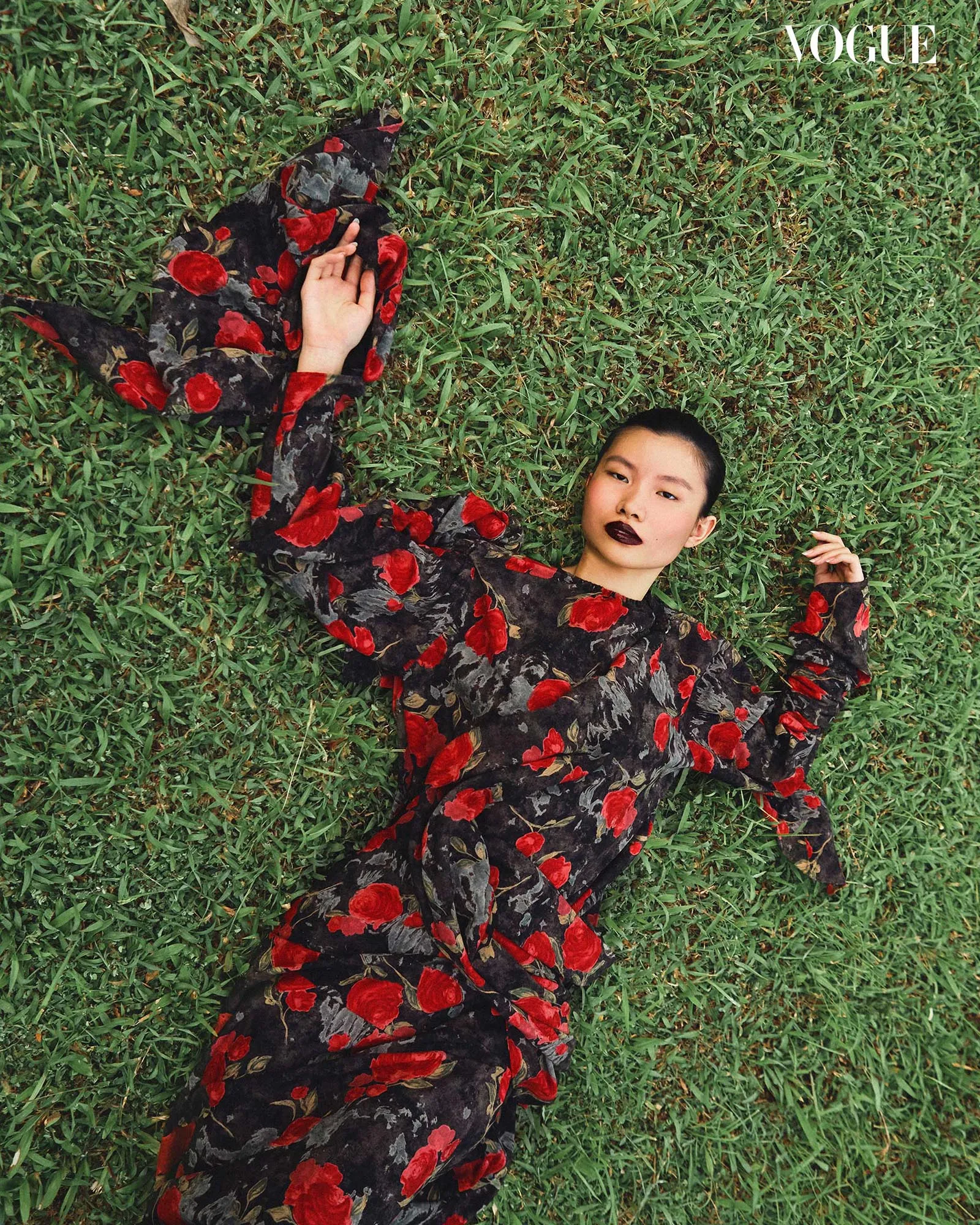
However, 63% of Southeast Asian consumers, including Filipinos, are skeptical of brands marketing their pieces as sustainable, underscoring the necessity for transparency when making environmental claims. This points to a future where conscious consumption is no longer niche, but expected, with receipts in tow.
The question now is: What have these designers come to understand about responsibility? One of the most important ways we can be ethical is to reduce significantly. Buy less, consume less, produce less. A capsule wardrobe, a minimalist clothing collection composed of interchangeable items, is having a renewed fashion moment where quality is prioritized above all else.
With the notion that buying no more than five new items a year could help limit global warming to 1.5°C, there is a collective craving for simplicity: for fewer, better things, and for clothes that support a wear-forever philosophy.
In celebration of Earth Day, Vogue Philippines spotlights twelve local labels thinking beyond the yearly occasion. In their own words, they share the reflections gleaned from their processes of making, and how they define slow fashion through their unique perspectives. By rethinking materials, creating meaningful jobs, and building slower systems, these designers are pushing slow fashion forward, not through perfection, but through intention.
It’s not about getting it all right; it’s about choosing better, again and again. And in sharing their craft, they’re showing us that the path may not be linear but it’s clear: fashion can do better, and the clothes we wear can be rooted in something deeper.
Maison Métisse
“At Maison Métisse, we believe fashion is not just about what we wear, it’s about what we pass on. While others define sustainability through materials, we define it through legacy. Our true fabric is human: the weavers who shape with their hands, the elders who carry ancestral wisdom, and the quiet mentors who teach not just technique but intention.

To keep a craft alive, we must first keep its community strong. That means creating pathways, building confidence, and equipping young artisans not just to carry on tradition, but to evolve it, to make it their own. We see [artisanship] as a quiet revolution, one rooted in skill, deepened by heart, and sustained through generations. In a world chasing speed and novelty, we choose to cultivate depth, not just in our garments but in the lives they touch.”
—Adrienne Charuel, artist-designer and founder of Maison Métisse
Idyllic Summers
“[Slow fashion] about intention. We work mostly with what’s around us: local skills, natural materials, limited runs. Ethical fashion, to me, means creating with care for the people who make the clothes, care for the process, and care for the cultural stories embedded in each piece. It’s not about being perfect, it’s about being honest.”
—Steffi Cua, designer and founder of Idyllic Summers

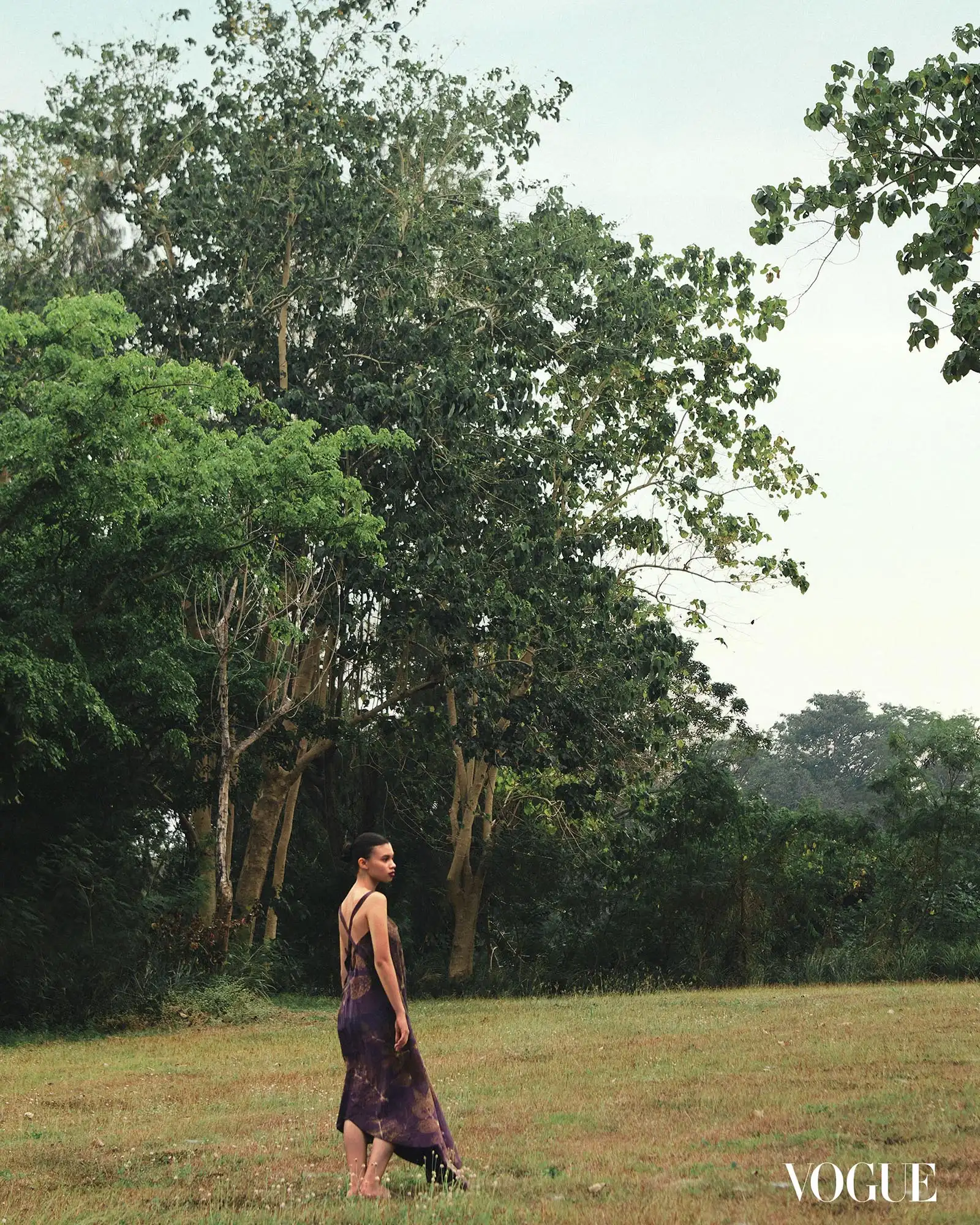
Munimuni Studio
“[Munimuni’s brand philosophy revolves around] continuously learning to create and consume consciously. It’s about finding the right balance between giving and receiving, whether with resources, people, nature, and everything around us.
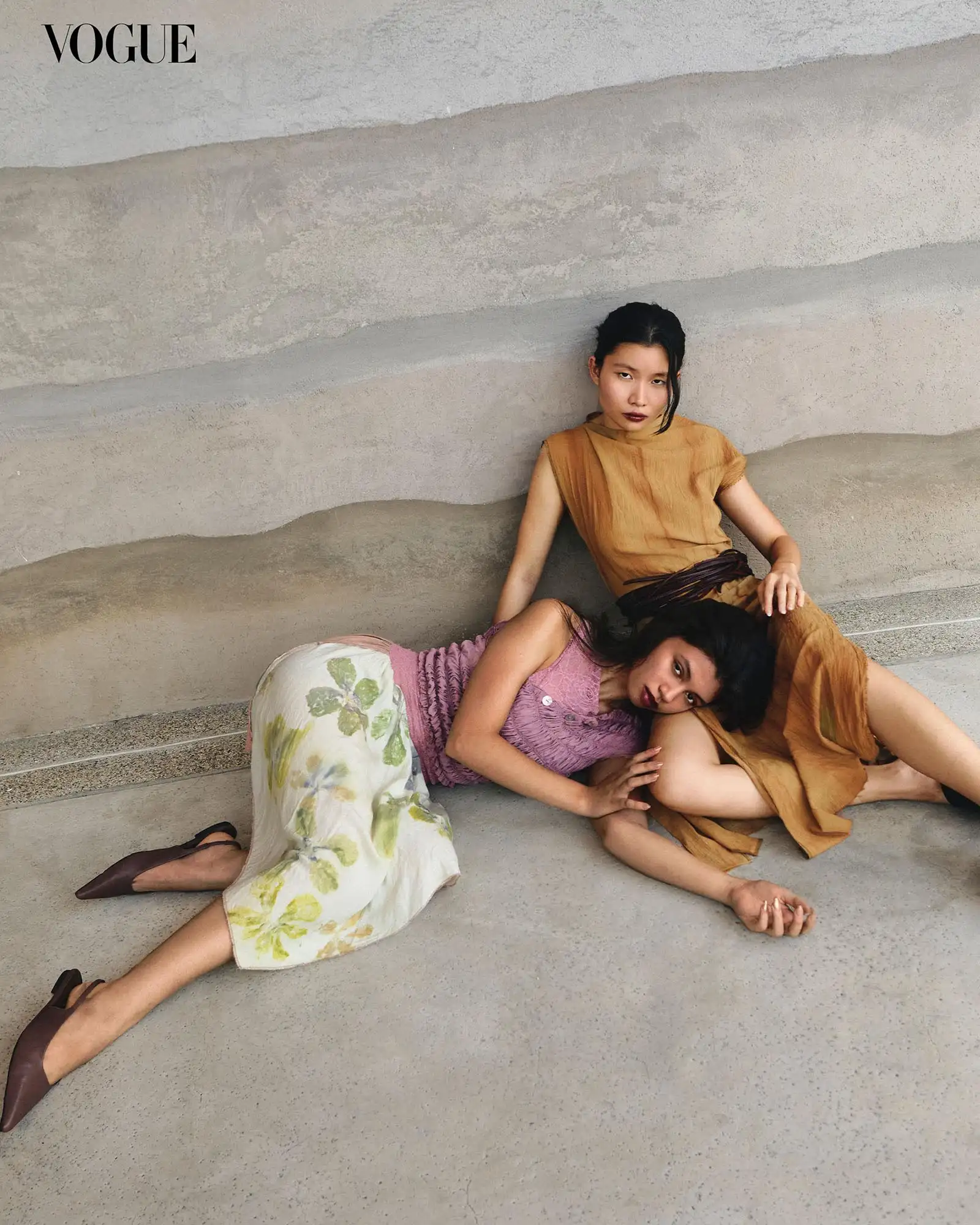
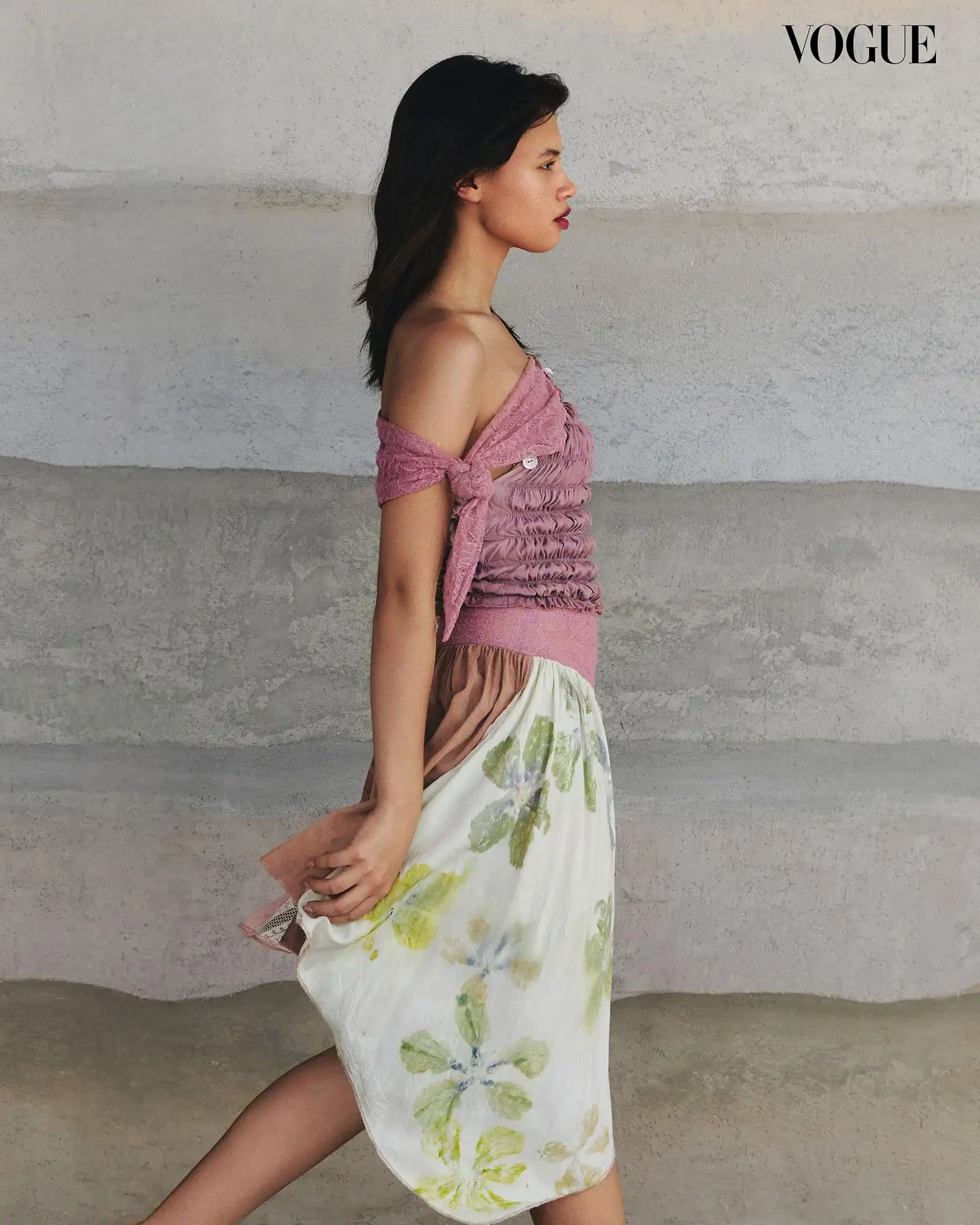
We would like to proudly carry the uniquely Filipino nature of our pieces. As Filipinos, we’ve always found creative ways to make the most of what we have, often out of necessity. This mindset has led to some of the most resourceful solutions across various industries.
Sustainability for us means being efficient at every stage of production. With the right logistics, intentional practices, and a deep concern for our environmental impact, we try, as much as our limitations allow, not to add to the problem of waste and excess in our society.”
—Lara Rapanan, founder of Munimuni Studio
Palengke
“For us, it’s about making choices that last, not just in terms of quality, but in terms of the impact we leave behind. It’s about creating pieces that we want to hold on to for years, not just because they’re durable, but because they have meaning. We don’t want to contribute to the constant cycle of ‘newness’ that ends up in landfills. Instead, we design with purpose, pieces that stay relevant over time and don’t get tossed aside after a season.

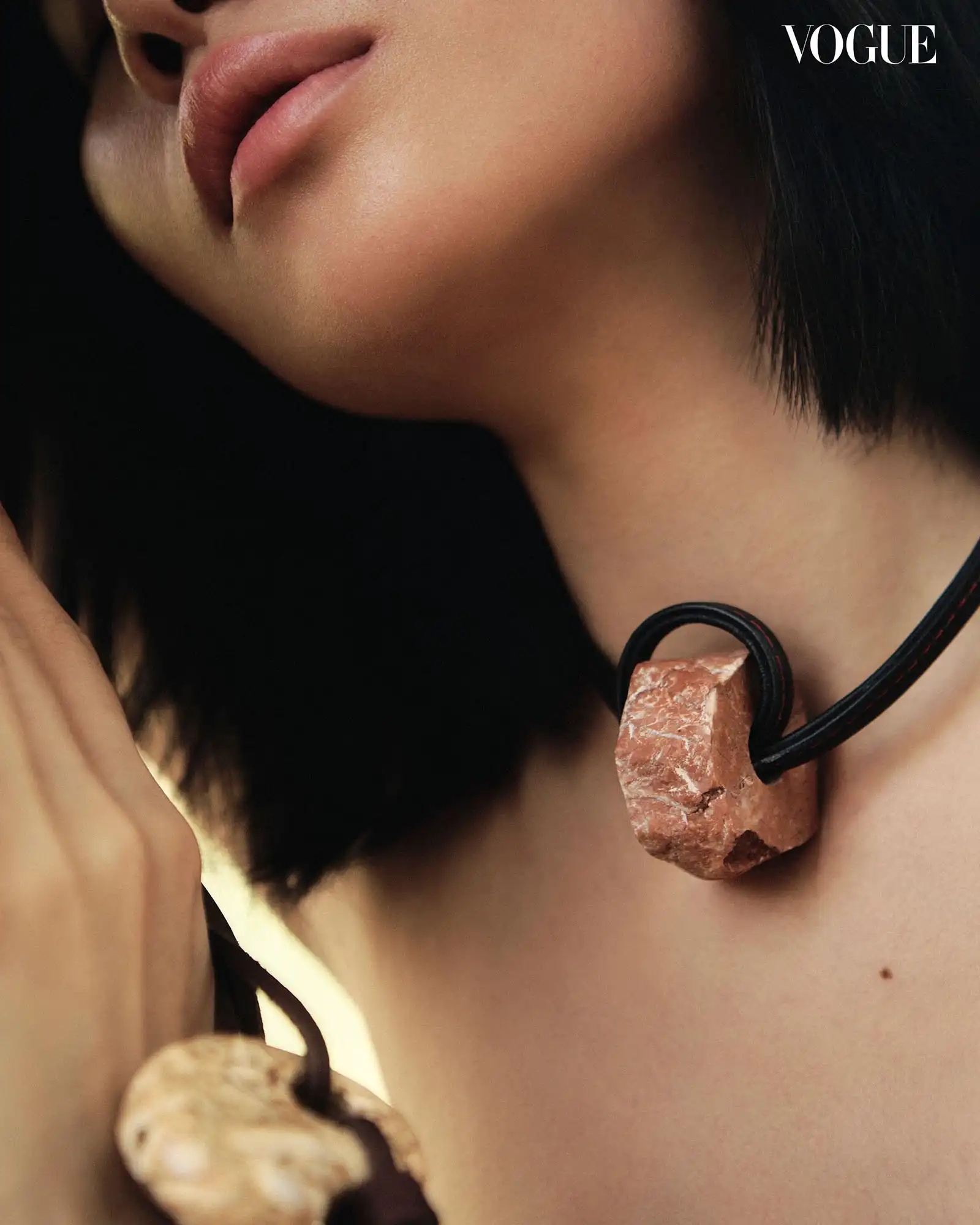
It’s about making something that’s ethical and supports the people who create it. We make sure the people we work with are compensated fairly and we help preserve crafts that could easily be lost to mass production.
We believe in designing pieces that can be worn in different ways, that grow with you, and that you can pass on to others… It’s about having things that hold value, that you reach for again and again, and that don’t contribute to the waste problem. This is how we approach ethical fashion: not just in the materials we use or the processes we choose, but in how we think about the whole life of a piece.”
—Paulina Dayrit and Jilliane Santos, co-founders of Palengke
Burlô by Vestido
“At Vestido, slow and ethical fashion is at the heart of everything we do. Our concept was born from a desire to create space for women to access designer clothing without breaking the bank, while also rethinking fashion rental, the value of rewearing, and how we can collectively extend the life cycle of beautifully made garments. Every piece in our carefully curated closet is chosen with intention and longevity in mind.

Complementing this vision is our jewelry line, Burlô by Vestido, which embraces timelessness over trends. We don’t follow seasonal drops or fast-paced collection launches. Instead, we’re focused on encouraging our community to restyle and rewear pieces…designs created to transcend time, be worn again and again, and effortlessly adapt to different looks and occasions. Whether dressed up or worn naturally, each piece is made to highlight and elevate a woman’s inherent beauty.”
—Maica Salud-Tady, co-founder of Vestido
Apara
“While a large part of sustainability in fashion is about using organic fabrics or recycled materials, to us, it goes deeper than that. It’s a mindset. We value quality over quantity, timeless over trendy, and slow, conscious consumption over fast fashion. [With] every piece we launch, we think about whether or not the piece is going to last years in our customers’ closets. As a brand, we believe personal style is built on being able to maximize the wardrobe you already have with pieces that are and will be with you for years, pieces that leave space for creativity of the wearer.”
—Eya Uy, Nana Uy, and Ariana Coronel-Go, co-founders of Apara


JOS mundo
“Our footwear and leather accessories are made in our small factory in Marikina, our soul and psychic home. We lean into its surrounding manufacturing ecosystem to help execute its mostly handmade products.
Garments are made in-house at our studio in Batangas. We work primarily with deadstock fabric, sourced both locally and abroad, and produce styles in small batches. Technique and fit are considered for modularity, play, and ease. The process is intimate, collaborative, and continually evolving.
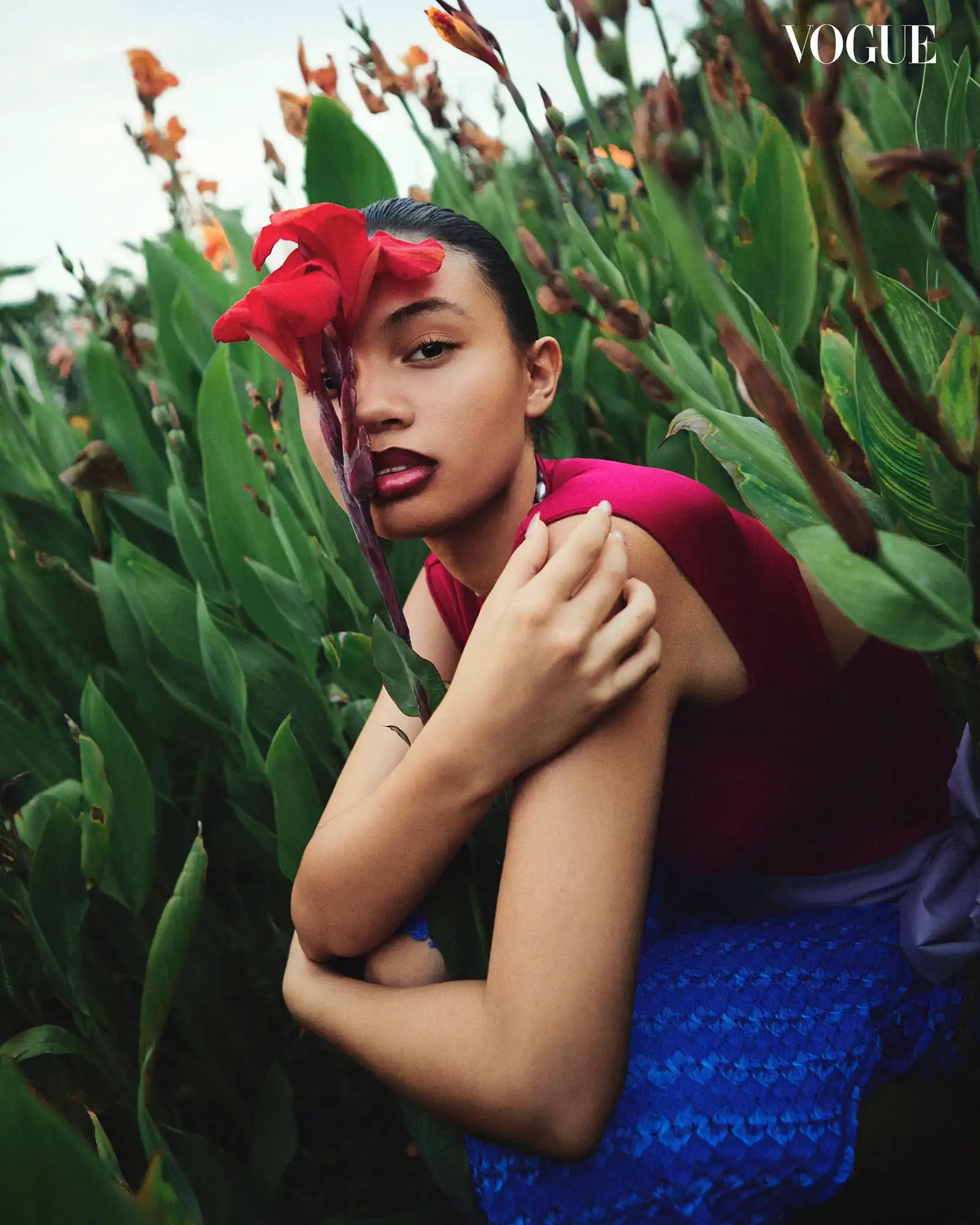
We design with longevity in mind; we always hope our styles grow and evolve with our customers’ wardrobe over time. Producing in small, handmade batches also means that our footwear and leather accessories follow a longer lead time that takes into account all the hands involved in making a single product. The human touch, no matter how imperfect, is what makes it meaningful and worth the wait.”
—Karen Bolilia, creative director and co-founder of JOS mundo
TOQA
“To us, slow fashion means thinking beyond just aesthetics. It’s about technical design finesse, deep conceptual grounding, and garments that live many lives. Modularity, versatility, and recycled or repurposed materials are integral, but they’re not checkboxes. They’re design principles that allow our clothes to adapt, transform, and endure. Ethical fashion, for us, means contributing to a broader cultural ecosystem, one that’s circular, collaborative, and conscious. This approach isn’t just about sustainability; it’s about storytelling, community, and creating clothes that adapt to your rhythm while reflecting the world around you.”
—Isabel Sicat, creative director and co-founder of TOQA
Bagasáo
“For me, slowness, or being ethical, starts with being more conscious about every part of your brand. It’s not a checklist; it’s a long-term commitment, for as long as the brand exists. As a small label, it’s not always easy. There are always financial limitations, but I try to make the most conscious decisions within the realities we’re working with.
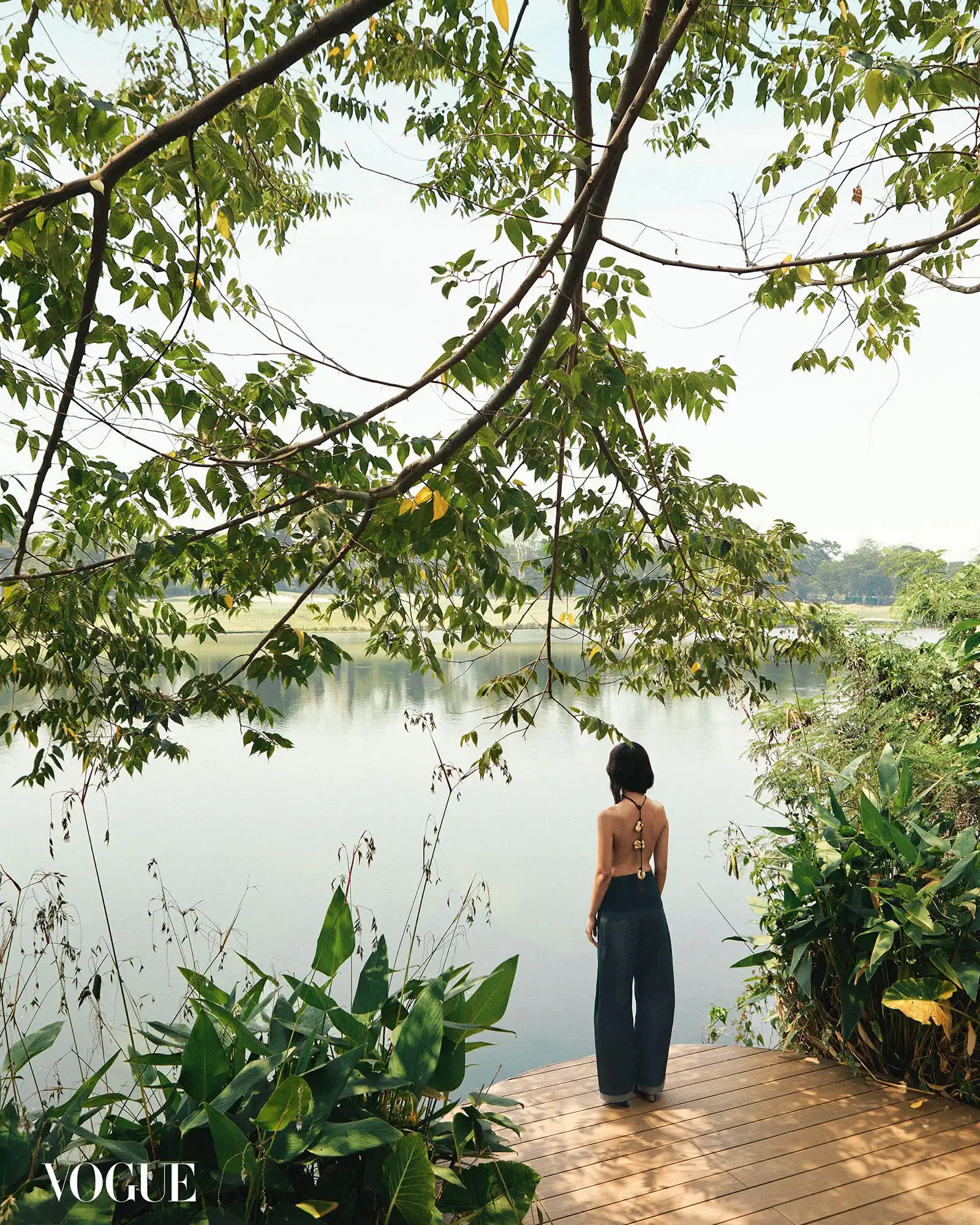
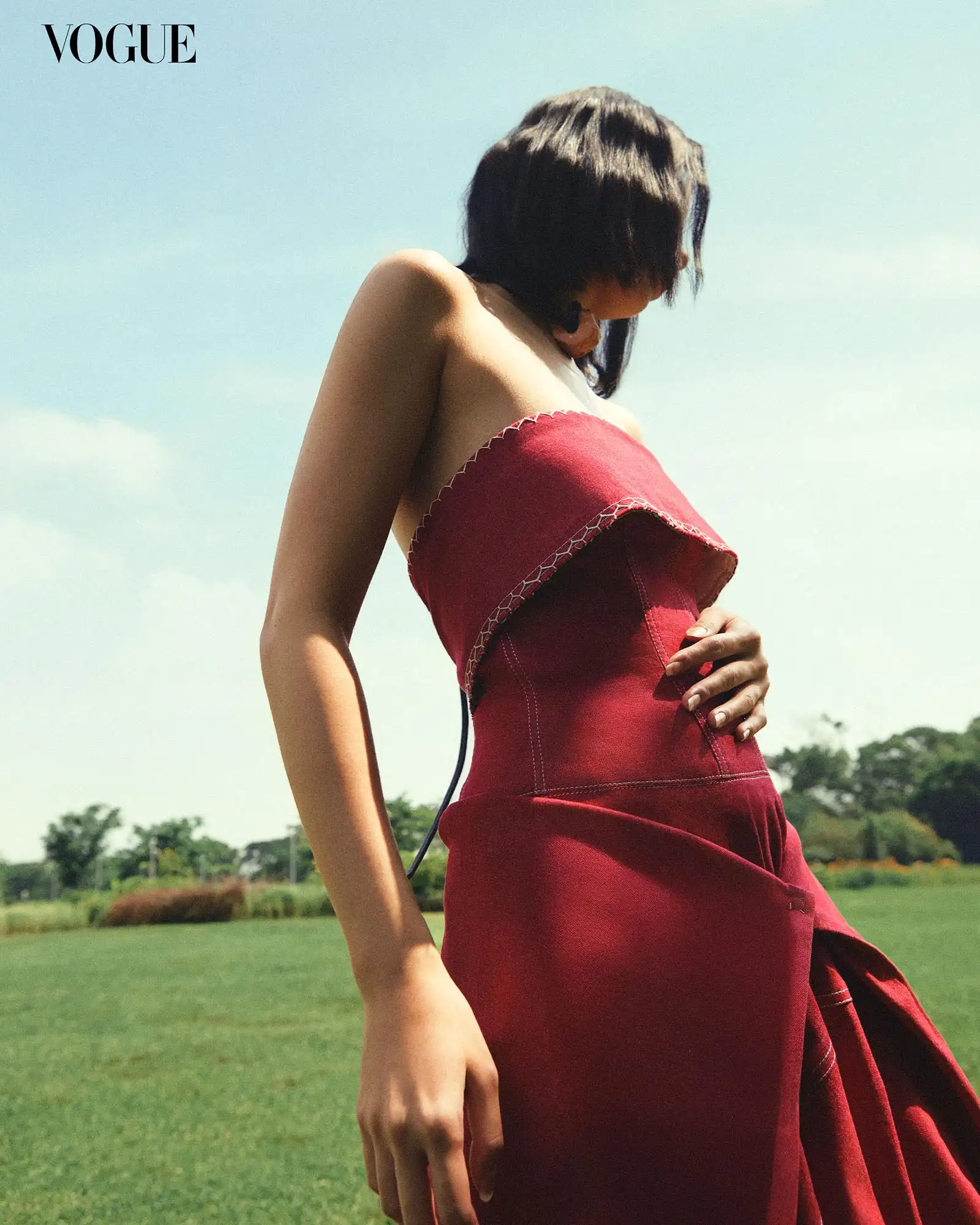
When it comes to craftsmanship and the value of artisan work, I don’t believe in making everything ‘accessible’ in the conventional sense. These works take time, skill, and deep attention. If we want to truly support artisans and craftsmen, we have to stop thinking of it as something that should come cheap. It needs to be a sustainable livelihood… Putting real value on these practices is one of the most honest ways we can move forward.”
—Joseph Bagasao, creative director and founder of Bagasáo
Novel
“Slow fashion, for me, is about resisting urgency. It means designing and making with full presence, valuing time, labor, and material equally. Since I construct everything myself, each garment carries that intimacy. I work with a lot of recycled and leftover fabric, not just for sustainability, but because limitations often lead to more interesting decisions.
My garments aren’t designed to be seasonal. They’re made to evolve, to be reinterpreted over time. That’s what makes them ethical to me. They’re made to matter.”
—Prince Padilla, creative director and founder of Novel
Elementari
“I like versatile pieces, and I incorporate recycled materials when I can. But above all, slow fashion to me is being intentional with what I create and who or what it is for. Most of my pieces are made-to-order, and I treat them more like art than product, from design all the way to marketing. Brands usually want to scale up as quickly as possible, but I like making things by hand for my own creative fulfillment. Rest, and then go again.
I have no desire for my pieces to be everywhere, on everybody. I’m happy to create for those who value uniqueness and see the beauty in handmade imperfections.”
—Kat Reyes, founder of Elementari
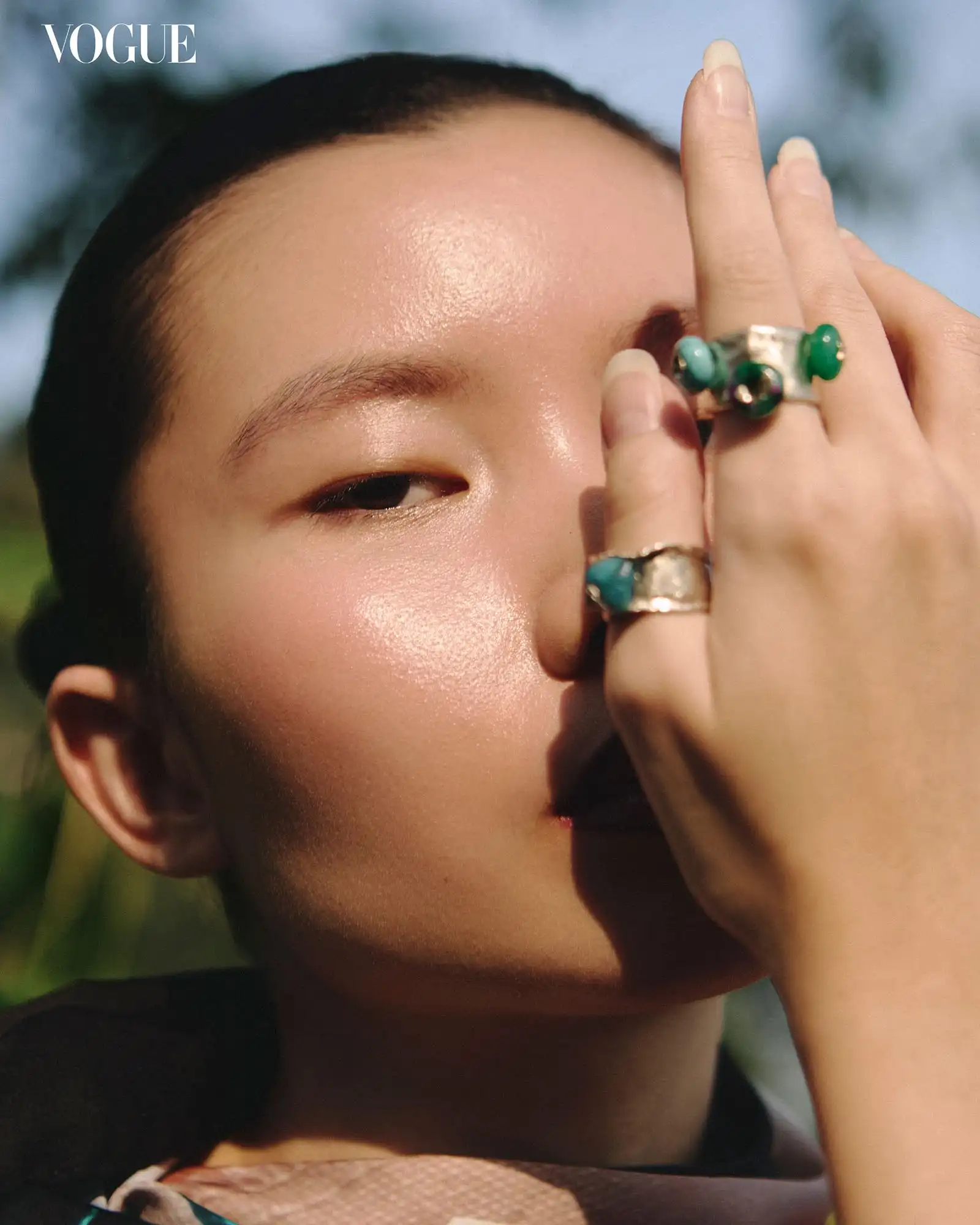
Geof Gonzales
“It is critical to adopt sustainability when creating objects for today’s needs. There’s a whole different systemic beast we are conquering. Thoughtless overconsumption has led us to immeasurable consequences. Within the confines of my capabilities, I am choosing to produce slowly yet intentionally, focusing on crafting quality rather than quantity [as] a quiet resistance to capitalism. These deliberate motivations push us to create only what is needed.”
—Geof Gonzales, designer
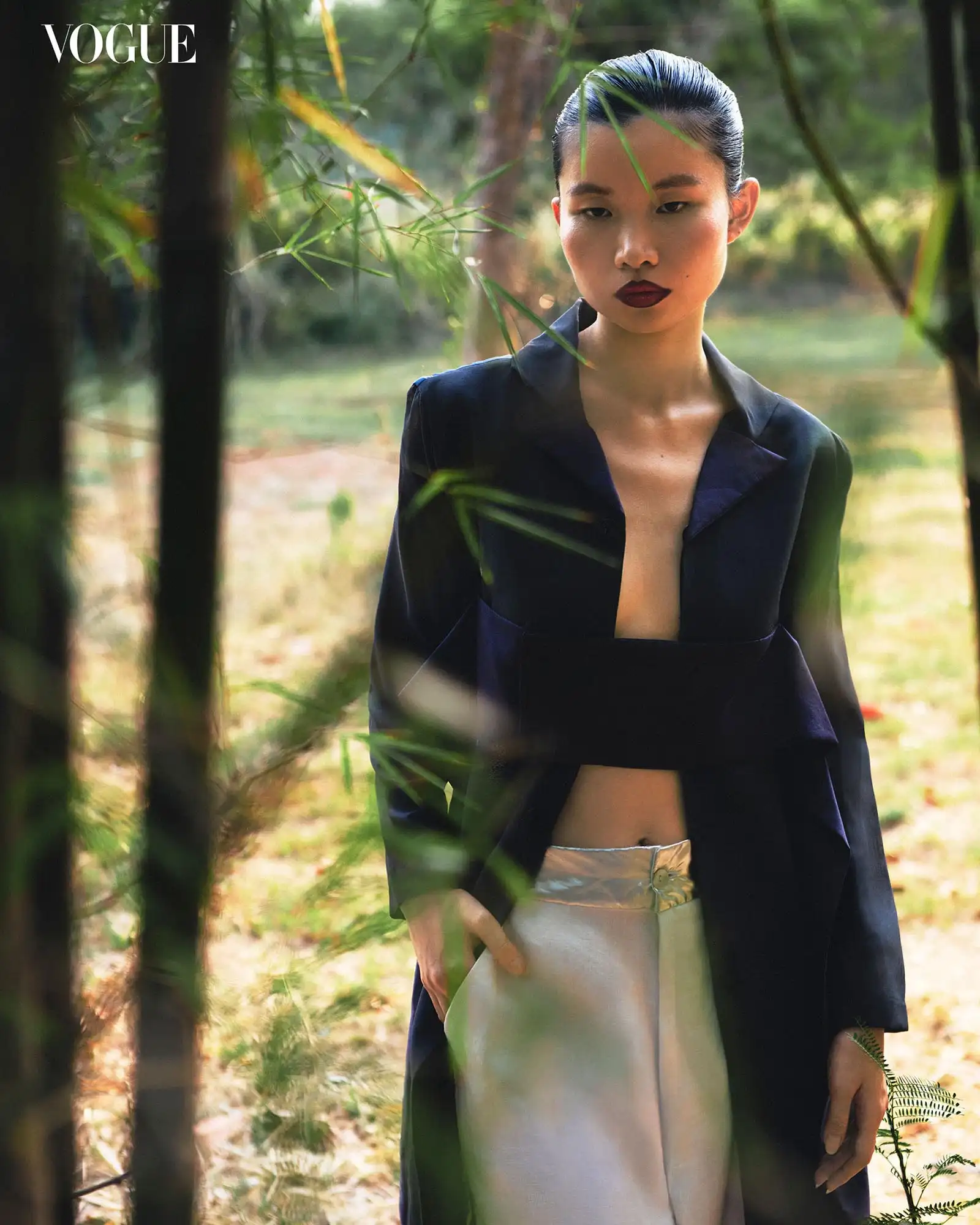
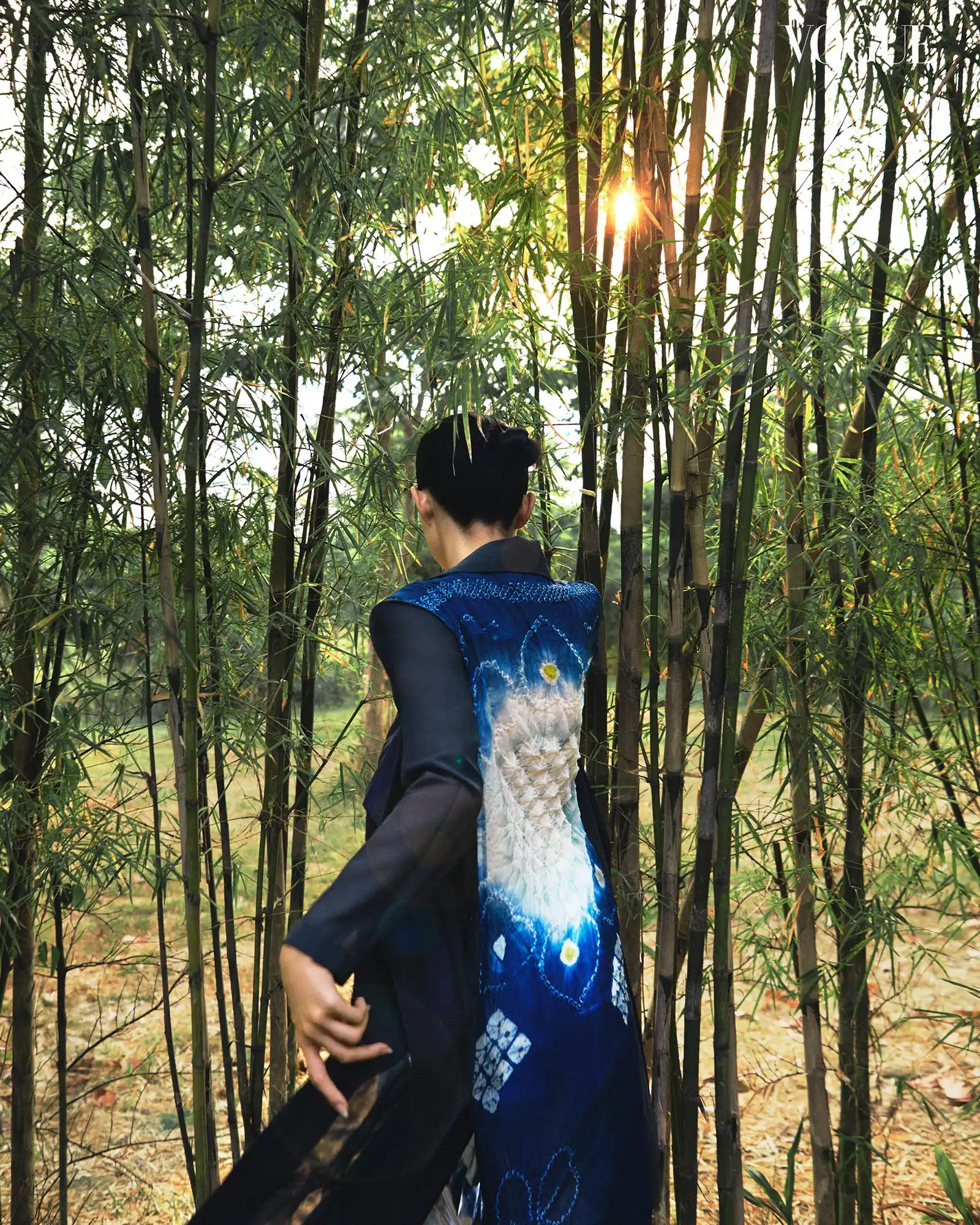
By KARINA SWEE. Photographs by CAMILLE ROBIOU DU PONT. Film by KARL KING AGUÑA. Creative direction and styling by ANZ HIZON and CHELSEA SARABIA. Production and casting: Julian Rodriguez. Hair: Mong Amado. Makeup: Pam Robes. Director of Photography: Marko Bonifacio. Models: Sally of Luminary, Isabella of PMAP. Retouch: Grace Sioson. Digital layout artist: Bea Lu. Shot on location at Lakehall at Nena’s Sanctuary.
